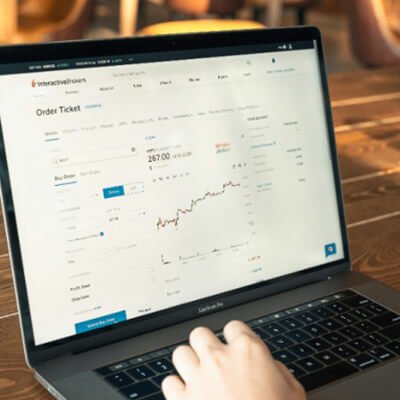
Pending orders are essential tools in trading that allow traders to automate their entry and exit points based on predetermined price levels. By setting pending orders, traders can plan their trades ahead of time, avoid emotional decisions, and capitalize on specific market conditions. This article will explore when and why to use pending orders in trading, along with practical examples.
What Are Pending Orders?
A pending order is an instruction to the trading platform to execute a buy or sell order when the price reaches a specific level. Unlike market orders, which are executed immediately at the current market price, pending orders remain active until the price condition is met.
Types of Pending Orders
- Buy Limit: An order to buy at a price lower than the current market price.
- Sell Limit: An order to sell at a price higher than the current market price.
- Buy Stop: An order to buy at a price higher than the current market price, typically used to capture upward momentum.
- Sell Stop: An order to sell at a price lower than the current market price, often used to catch downward momentum.
When to Use Pending Orders
1. Trading Breakouts
Breakouts occur when the price moves beyond a significant support or resistance level. Traders can use buy stop orders to catch bullish breakouts or sell stop orders to profit from bearish breakouts. Pending orders ensure traders don’t miss opportunities when the price moves quickly.
2. Capturing Retracements
During a trend, prices often retrace before continuing in the original direction. Traders can use buy limit orders to enter a long position at a lower price or sell limit orders for short positions at a higher price. This approach aligns with the strategy of buying low and selling high.
3. Avoiding Emotional Trading
By setting pending orders in advance, traders can stick to their trading plans and avoid impulsive decisions based on emotions or market noise.
4. Planning Trades Around Economic Events
Major economic announcements often cause significant market volatility. Traders can use pending orders to position themselves ahead of these events, ensuring they capitalize on sudden price movements while managing their risk.
5. Managing Time Constraints
If you cannot monitor the market continuously, pending orders allow you to automate your trades. This is particularly useful for part-time traders or those in different time zones from active markets.
How to Use Pending Orders Effectively
- Combine with Technical Analysis: Use tools like support and resistance levels, Fibonacci retracements, and trendlines to determine optimal entry points.
- Set Realistic Targets: Align your pending orders with achievable profit levels and risk tolerance.
- Use Stop-Loss Orders: Pair your pending orders with stop-loss instructions to protect against adverse price movements.
- Monitor Market Conditions: Ensure your pending orders are relevant to the current market environment, and adjust them if necessary.
Examples of Using Pending Orders
Example 1: Buy Limit Order
Suppose EUR/USD is trading at 1.1050, and you anticipate the price to dip to 1.1000 before rising. You can place a buy limit order at 1.1000, targeting a rebound from this level.
Example 2: Sell Stop Order
If GBP/USD is at 1.2150, and you expect a strong downward move if it breaks below 1.2100, place a sell stop order at 1.2100 to enter the trade automatically.
Example 3: Buy Stop for Breakout
Gold is trading at $1950, and you anticipate a breakout above $2000. Place a buy stop order at $2005 to catch the upward momentum.
Conclusion
Pending orders are invaluable for traders who wish to execute trades with precision and discipline. Whether you’re trading breakouts, retracements, or preparing for high-impact news, pending orders provide a structured approach to the market. By incorporating them into your trading strategy, you can enhance your efficiency, reduce emotional trading, and maximize your potential for profit.